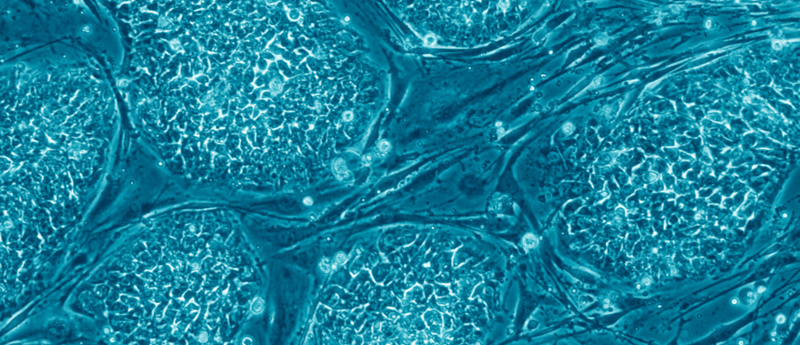New iPSC model for ischemic heart disease

Researchers have produced a new human induced pluripotent stem cells (hiPSCs) model for ischemic heart disease.
Researchers from Okayama University (Okayama, Japan) have released a paper describing the production of a new model for human cardiac muscle. The new model is derived from hiPSCs and it is hoped that it will allow for more effective drug testing as well as facilitate research into the organ, providing an insight into the biology of ischemic heart disease — one of the leading causes of death worldwide.
Cardiac muscle has been difficult to properly model due to the low innate regenerative potential and important functional component of the tissue that requires synchronous beating. However, the new model by Ken Takahashi (Okayama University) demonstrates the ability to produce contracting cardiomyocytes from hiPSCs, which could then be used for efficient and relevant drug testing.
This myocardial infarction model will contribute to the development of preventive/therapeutic medicine more effective to human even without sacrificing animals,” explained Ken Takahashi, lead author of the study.
Most models for cardiac research and drug testing are currently animal based — predominantly mouse — which raises a wide range of ethical and practical implications. Animal research can be incredibly costly and clinical outcomes have been hindered due to issues translating animal results into humans, leaving many researchers hoping for representative cell models which would allow rapid drug testing and research.
The iPSC-derived model has allowed researchers to investigate the extent of morphological damage from ischemic heart disease and its impact on the contractility and synchronicity of the cells, even capturing the effect on film. As well as the physical impact, the team were able to investigate the increase in the inflammation marker, IL-8, which is known to be increased following an acute myocardial infarction. The team hope that the new model will allow research to shift from animal models to their humanized system.
Sources: Wei H, Wang C, Guo R, Takahashi K, Naruse K. Development of a model of ischemic heart disease using cardiomyocytes differentiated from human induced pluripotent stem cells. Biochem. Biophys. Res. Comm. doi:10.1016/j.bbrc.2019.09.119 (2019) (Epub ahead of print); www.okayama-u.ac.jp/user/med/phy2/album/album19/191014.html
Have any additional questions about this story? Ask us in the comments, below.
Find out more in these top picks from the Editor:
- Could cardiac scar tissue be reprogrammed into healthy cardiomyocytes?
- First patient dosed in Japanese iPSC Parkinson’s trial
- Build a better human disease model using human pluripotent stem cells and CRISPR-Cas9 technology
FAQ
What does iPSC stand for?
iPSC stands for induced pluripotent stem cells.
What are iPSC cells?
iPSCs are pluripotent stem cells which have been produced from fully differentiated cells. iPSCs can be made from a variety of tissues with a range of methods; however, the dominant method involves the transduction of stem cell genes into cells, reverting them back to a more primitive state that can self-renew and differentiate.